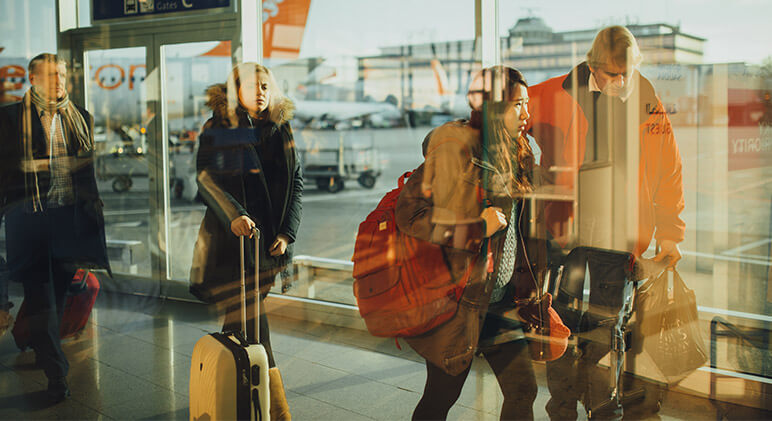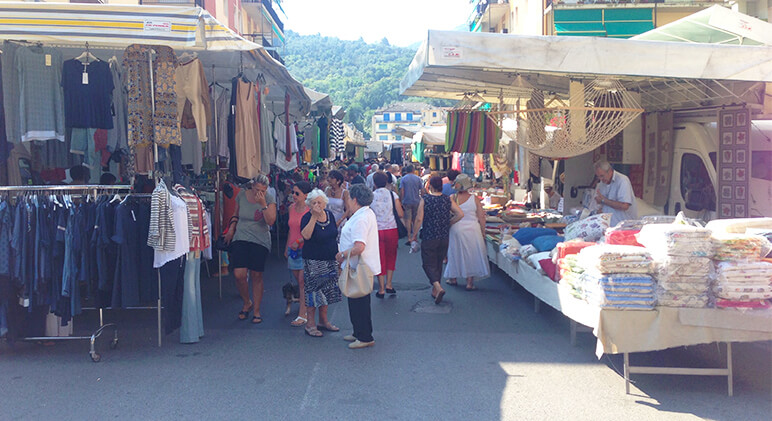
Visiting foreign countries is usually synonymous with cultural differences. Each culture has unique traditions and rituals that may seem strange to visitors. If you ask me, that’s part of the beauty of traveling. Needless to say, there are some things to keep in mind prior to your trip. Read along for 30 things you need to know before visiting Europe.
- Be sure to pack electric adapters and converters. American plugs won’t work in Europe without an adapter.
- Europeans have mastered the art of looking chic while being comfortable. Europeans never compromise fashion for comfort. Play the part if you don’t want to stand out.
- Pickpocketing is very common, especially in areas with a lot of tourists. Keep your belongings close to you; don’t lose sight of your items and wear your wallets in covered, hidden compartments.
- Euros are not the only currency accepted. While it is the main currency, there are 28 different currencies accepted in the 50 European countries. Iceland, for example, accepts Krona and Switzerland utilizes Francs. Be sure to do some research and change some dollars for the local currency (or currencies, if you’re making several stops) prior to your trip. If you do find that you need to exchange dollars, ATMs offer the best rates. Avoid changing dollars at airports because they usually offer the worst rates.
- Tipping is not part of the culture. Servers are well-paid and don’t rely on tips the way they do in the US. If you have outstanding services, leaving a couple Euros is standard.
- Meal times are very particular. Lunch is between 12-2 and dinner is between 7-11pm. Don’t expect restaurants to be open outside of these hours.
- Don’t be afraid of public transportation. Figure out the metro or bus system to get around easier in larger cities.

- Gas is expensive. In some countries it’s more than double the cost of US gas. If renting a car, choosing a diesel or an electric car can be worth it because the cost of gas quickly adds up.
- Everything is smaller in Europe. Particularly, bathrooms and elevators.
- Cities are walkable. Most European countries are extremely walkable. In fact, in places like Paris and Florence, it’s not uncommon for people not to own vehicles.
- Learn the basics in the language: hello, thank you, please. This will come in handy!
- Research all passport and visa requirements. Some countries require that your passport be valid for at least 3 months after your trip so be sure the expiration date isn’t approaching if the country you’re visiting has this requirement.
- Check roaming charges and international plans with your cell phone company. Some people recommend buying an international chip and utilizing it on your phone.
- Buy tickets to attractions ahead of time. Busy attractions usually have long waits and sometimes sell out so if you’re set on seeing a particular attraction, try to book it ahead of time. Also, consider city passes as they usually do offer more bang for their buck. In fact, it’s a good idea to research tours ahead of time.
- Cash is more commonly accepted than plastic. Although more and more shops and restaurants accept cards, you may still find smaller family-owned places that don’t. I missed out on a beautiful leather jacket at a vintage shop because they didn’t accept cards and I was out of Euros!
- Claim your VAT tax refund at the airport before you leave the country. Tax in Europe ranges from 15-25% and you can get the taxes back, in dollars if you prefer. Be sure to ask each merchant or vendor for the paperwork and documents!

- Water is not free at restaurants. You will usually receive a glass bottle to share upon request.
- And restaurants will always offer you the choice of still or sparkling water.
- If you’re city-hopping and using public transportation, try to pack easy-to-carry luggage. Europe has a lot of cobblestone streets; many inaccessible by car.
- Baggage size and weight limits are different for international airlines. The carry-on size limits by US standards are larger than the European. Keep this in mind if you are traveling through various airlines.
- CityMaps2Go is a great app for when you don’t plan to get an international roaming plan (or if you don’t want to use up the data). Simply download the map of the city you plan to visit while you have signal or are connected to wifi and then utilize the map freely within the city without requiring signal. I have used this app in multiple cities and it’s pretty accurate and updated.
- Don’t assume that there are elevators in multi-story buildings. It’s not uncommon for hotels and older buildings to not have elevators.

- As a rule of thumb, the most expensive restaurants are usually near big attractions. And often times they skim on quality. Pay attention to the customers. If you are surrounded by locals then you are likely in the right place.
- Every country has a high season and low season. Some areas in Europe get crowded during the summer which can drive up the cost of hotel and airfare. There are festival and city-wide celebrations that contribute to this. Oktoberfest in Munich, Cannes Film Festival, Carnival in Venice, Bullfighting in Spain…
- Europe is also highly catholic and many of the attractions are religious sights. With that said, there are strict rules about attire. Be sure to cover up at religious sites. This usually means covering bare shoulders and covering knees.
- While tipping is not part of the norm, many restaurants have a service charge, usually about 2-3 euros, that they add to your meal. Most restaurants state this up front but it’s ok to ask ahead of time.
- Don’t put cheese on seafood. Generally speaking, cheese and seafood don’t mix for Europeans.
- Find out if your bank has an affiliate bank in the places you will be visiting. This may come in handy if you are looking to get some cash without the added fees.
- Consider city markets. Europeans know a thing or two about markets and this is where you’ll get a true sense of the culture and local, typical food.

- Combat jet lag ASAP. Check out this post on how to overcome and avoid jet lag.
Do you know any major differences between Europe and the US? What was the most shocking thing you found during your visit? Let me know!
About The Author
Related Posts
Everything You Need to Know Before Visiting Santorini
Dazzling panoramas, world-famous sunsets and pristine white, cliff-top villages – it’s no wonder…
06 November, 2017Tulum – Mexico’s Yucatan Peninsula Hottest Spot
As far as beach towns go, Tulum is in a category all of its own…
06 November, 2017

